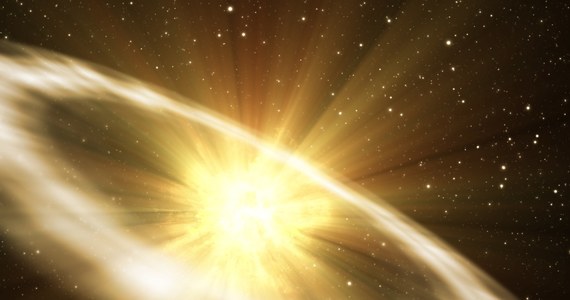A team of scientists from the University of Surrey, led by physicist Gavin Lotay, used an accelerated beam of radioactive ions to visualize the processes occurring during supernova explosions. Measurements will allow us to better understand the so-called p-process, i.e. a type of nucleosynthesis, resulting in the formation of stable atomic nuclei heavier than iron nuclei (rich in protons).
Astrophysicists consider stars to be cosmic element factories. Before they were created, the universe was something like a “soup” filled with hydrogen and helium. When the first stellar fusions were initiated, heavier elements began to appear in the universe – from carbon to iron.
Unfortunately, however, there is a problem with our understanding of these processes. The heat and energy needed to make iron through the fusion process exceed the energy generated by the fusion process itself, leading to a star collapse and supernova explosion. The rule is simple – a supernova explosion means enough energy to create heavier elements.
The p nuclei (formed as a result of the p process) are approx. 30 naturally occurring isotopes of heavy elements, which is approx. heavy elements in the solar system. Their formation remained a mystery.
It is worth mentioning that isotopes are variants of the same element, differing in atomic mass, usually due to the different number of neutrons in the nucleus (the number of protons is the same). P nuclei are isotopes without neutrons, but rich in protons (the symbol “p” comes from them). They are not widespread, so they are difficult to observe. It is not known exactly how they arise.
Scientists believe that gamma-ray emissions may be involved, because atoms trap loose protons in it. This process would transform the element next in the periodic table, producing a neutron-poor isotope. This is confirmed by the experiments carried out with the Isotope Separator and Accelerator II at the TRIUMF National Laboratory in Canada. Scientists used the accelerator to produce a beam of charged radioactive rubidium-83 atoms. The resulting strontium-84 nuclei is in line with the gamma emission.
The observed process could shed new light on various astrophysical processes. Thanks to it, we will be able to fully understand where the heavy elements in the universe came from.
–


